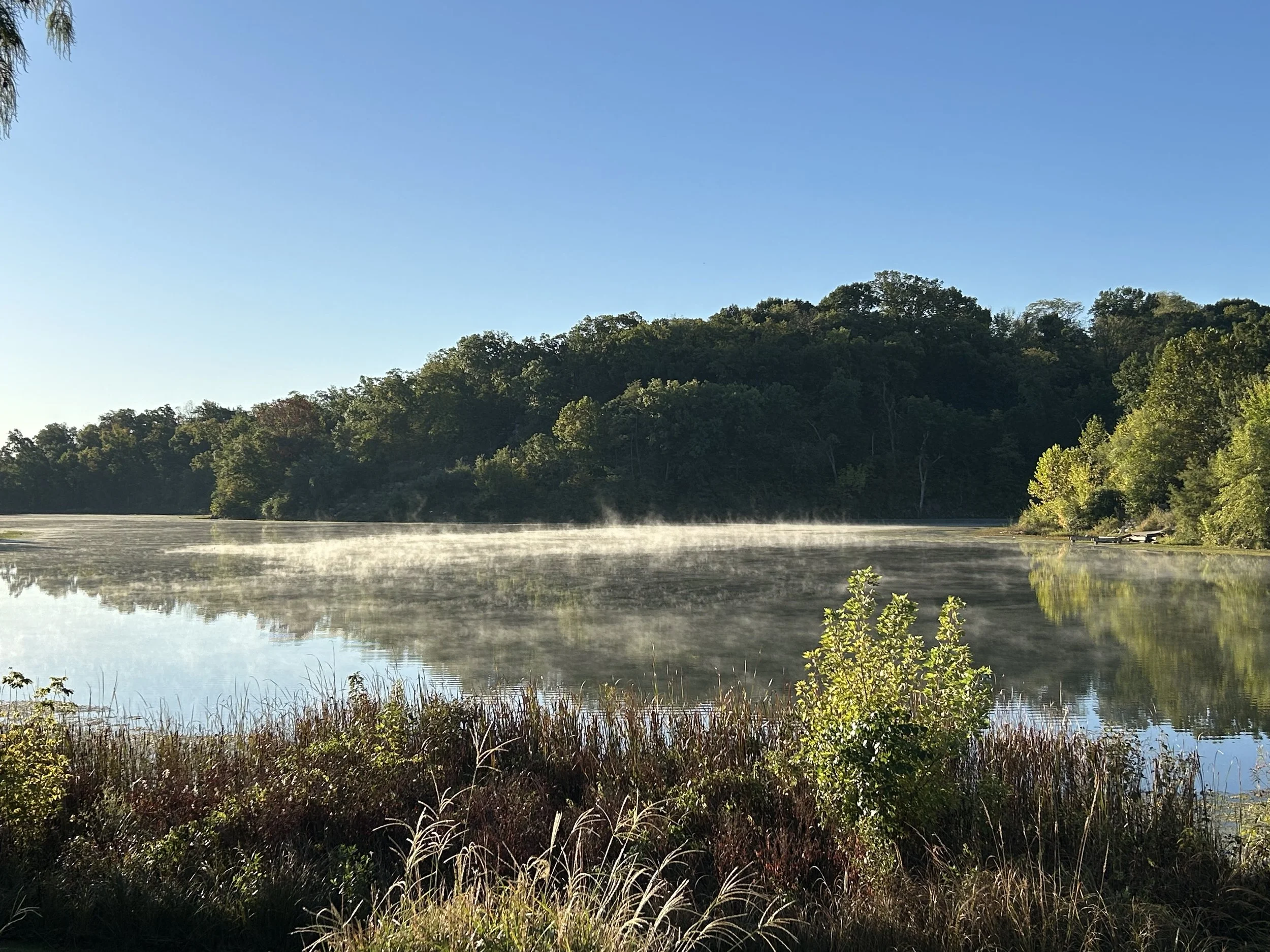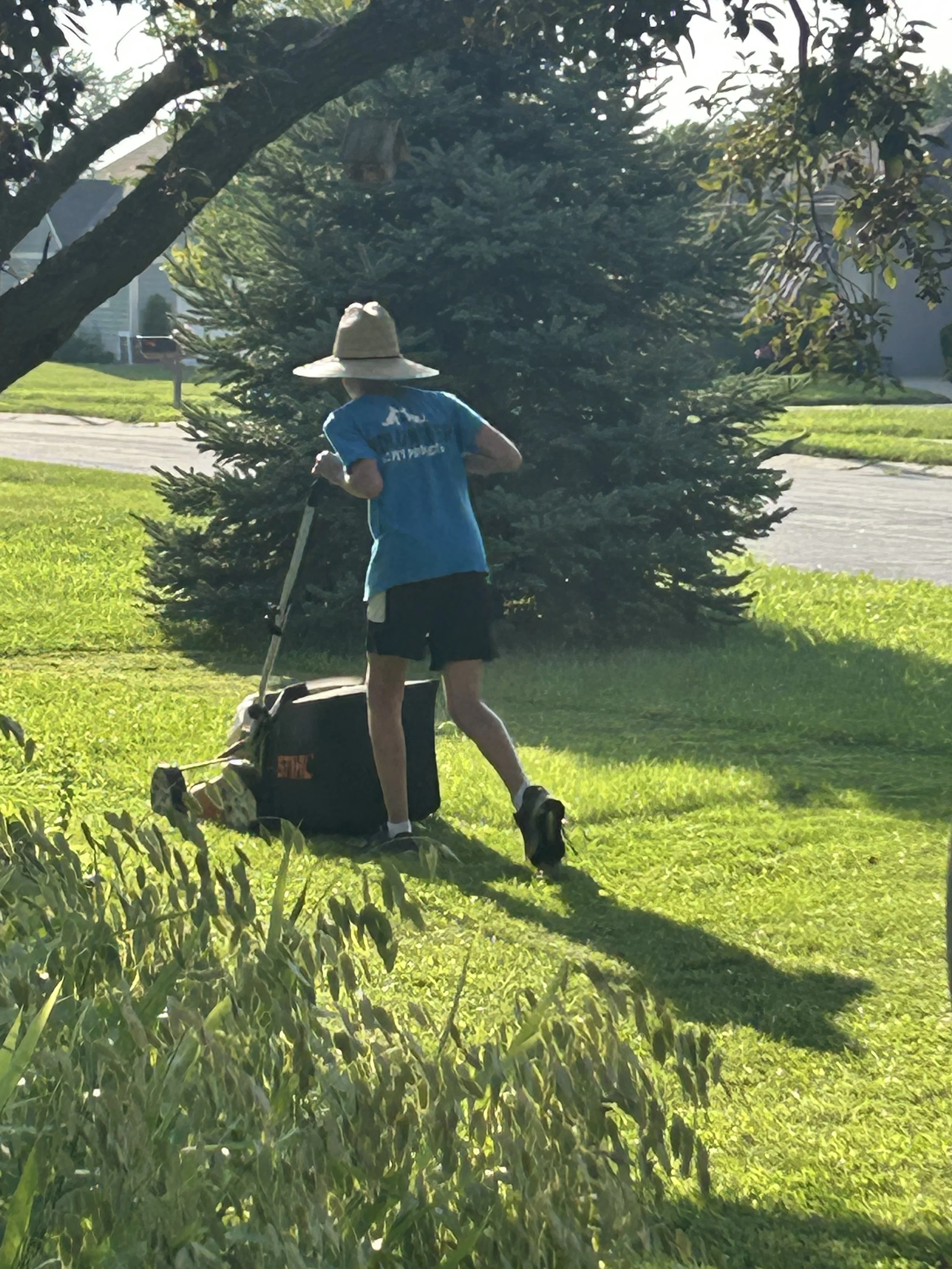Nature and physical activity in our daily lives and Lifestyle Medicine
When Humans were created, ingredients of the human body were included to work in synergy, and to degrade in synergy. Without the mind, the body fails. Without the body, the mind fades.
We have all heard of housing insecurity, those who do not have a permanent place to stay. This can include our commoner definition of homelessness, couch-surfing, or staying with family temporarily. And with housing insecurity often comes food insecurity. How about environmental insecurity? Lack of safe spaces to engage in healthy physical activity and exercise. Preferably in a natural environment, but other spaces will do.
In Lifestyle Medicine, right after diet as the North Star of health, there is Physical Activity. (FYI, Nature for most is considered a favorite 7th pillar.)
Lifestyle is a 100% modifiable risk factor for health. But it does not come easy for those who need it the most.
What makes it so hard is the component of coaching and motivation. Another is just plain having the time and space to recreate. A safe space to recreate is a privilege most live in without thinking about it. For everyone else, a safe space to recreate in may be the one thing between engaging in physical activity and not.
For most, this space is either outside or in a community center (gym, rec center, classroom). For today, I am going to focus on the space that is nature. The natural space we all share. Earth, with it’s air and water and land, that is common to us all, and one we all are evolved to enjoy, privileged or not.
When it comes to time in nature, there is a lot of evidence to support that it can help in the management of hypertension, circadian rhythm regulation and hence sleep quality and quantity, used as a treatment for mental health disorders, and connect us with what we are evolutionary really designed to live in as an environment.
Nature, the 7th pillar of health, can and should be considered part of the prevention and treatment of chronic disease. With any treatment, there needs to be consideration as to the dosing and expectations. Not every natural experience will help everyone in the same way. No one is going to get the same results from the same exercise program, or even like it the same. Companies are starting to use genomics, the microbiome, and AI to show that not all healthy food will help everyone in the same way. (Connell J AJLM 2023).
One-person’s natural experience hiking a trail may not be perceived the same as another person’s time kayaking in a mountain lake. In a scoping review from Nejade JGH 2022 we find that there are aspects of nature, the wilderness, including its accessibility and the opportunities it gives for physical activity that make a huge difference. Included in this is the presence or absence of pollution and noise, going beyond hiking and kayaking, and including nature-based art and educational programming for all ages. We can include citizen science endeavors, various forms of horticulture, and conservation as well. It reminds me of a student I had in class who created a presentation on the health benefits of hunting, time in nature being the pivotal pillar of pursuit.
Many studies, including the one by Nejade, have looked for the link between nature and mental health. More research needs to be done, but while we can make the connection between more nature and better mental health, we should pause to respect the link between mental health itself and physical health.
Overall, studies show the benefits of nature as a prescription without adverse effects. Like all medical care should be, it would be voluntary and come with a dose of shared decision making and informed consent as apatient centered goal. This leads us back to the space piece of the puzzle. Just as somebody may not have the space to lay their head or cook their meal, they may not have the space to engage comfortably and safely in a movement activity designed to benefit their health.
There are many workarounds to this. Asking our local governments and policy makers when to keep parks and sidewalks safe, clean, and well-maintained. Building more of them having green spaces and safe places for people to recreate has been shown over and over again to be one of the main influencers of a population‘s health.
Another thing to consider is if the patient qualifies for a federally funded or insurance reimbursed program in which they can engage at a gym or other fitness facility for free or reduced cost. That is, if one is in their neighborhood and they have the transportation to get there.
Below are a sampling of some of the organizations working towards making space for physical activity and exercise possible for more people.
· ParkRx
Another avenue would be the promotion of simple maneuvers that translate to NEAT, or Non-Exercise Active Thermogenesis. When somebody says park at the back of the parking lot and walk in, or taking the stairs instead of the elevator, they are talking about NEAT. Often we also don’t hear or promote the advantages of NEAT in daily life, like doing your own yardwork, your own house work, walking a pet twice a day, active engagement with children, or even active transportation when it’s feasible, such as walking or riding a bike. These are all no cost options, but, again, availability in a safe environment is an unseen privilege for some. See the Compendium of Physical Activities for a list of common NEATs and occupations for their calorie burn.
Combining nature and physical activity, whether it’s actual exercise or NEAT, gardening has been shown to be a great benefit. It is low intensity, sustained movement that engages most of the joints of the body, promotes fresh air, inhalation, gives people purpose, and promotes resilience and connection.
However, for the undaunted, people who can be seen walking around their neighborhood makes the neighborhood safer. Active engagement with our neighbors, helps build and strengthen community further helping to create safer spaces. Having a front yard garden or natural space to work in can help show human presence in the neighborhood, leading to lower crime rates and a higher sense of safety.
There’s a clear link between the perceived safety of a neighborhood and the use of its sidewalks and parks for physical activity. Adolescent and adult physical activity in parks and neighborhoods was inversely associated with perceived crime safety, according to Zarr AJLM 2025. There is also a noted positive correlation between having a positive attitude towards nature and physical activity with the amount of physical activity that’s actually done per day. While correlation does not mean causation, being out in nature may result in more positive attitude towards nature and hence more time seeking it out.
In the article by Shirazi AJLM 2024, the UK is already doing green social prescribing as a way to foster community building, psychological well-being, physical activity, and improving quality of life in vulnerable populations such as those with PTSD and/or SUD. The VA also has a veterans affairs farming and recovery mental health services that strives to offer agricultural training to veterans especially those with PTSD. In researching the effects of physical activity in nature versus non-nature settings in veterans, greater reductions in self-reported symptoms, as well as higher rates of treatment completion were found for both SUD and PTSD among the groups that did activity in nature. Blue spaces, or those that include water like oceans, lakes, and rivers, showed very similar promise for mental health improvement, stress, reduction, and well-being.
There’s also the mechanism of possibly a reduction in sensitivity to the physical state during exercise, such as the increased heart rate in the association with a non-traumatic related situation such as physical activity or exercise for enjoyment. The endorphins produced by exercise could help make a replacement for substance use, especially if it is done to help alleviate PTSD symptoms. Putting nature and physical activity and exercise together can help create a synergistic effect and possibly exponentially increase the positive results sought after.
Back to dosing. There are more benefits in exposure to nature on a daily or at least weekly basis. Just like exercise needs to be a daily or semi daily practice, exposure to the other elements that we as humans were evolved to partake in, like nature, should be a routine practice.
References:
· Connell J, Toma R, Ho CH-C, et al. Data-Driven Precision Nutrition Improves Clinical Outcomes and Risk Scores for IBS, Depression, Anxiety, and T2D. American Journal of Lifestyle Medicine. 2023;0(0). doi:10.1177/15598276231216393
· Nejade RM, Grace D, Bowman LR. What is the impact of nature on human health? A scoping review of the literature. J Glob Health. 2022 Dec 16;12:04099. doi: 10.7189/jogh.12.04099. PMID: 36520498; PMCID: PMC9754067.
· Zarr R, Chan WY, Han B, Estrada E, Zhong H, Cohen DA. Association Between Nature Attitudes and Physical Activity in Youth From Low-Income Families. Am J Lifestyle Med. 2025 Feb 6:15598276251319002. doi: 10.1177/15598276251319002. Epub ahead of print. PMID: 39926168; PMCID: PMC11803595.
· Shirazi A, Brody AL, Soltani M, Lang AJ. Recovery Horizons: Nature-Based Activities as Adjunctive Treatments for Co-Occurring Post-Traumatic Stress Disorder and Substance Use Disorders. Am J Lifestyle Med. 2024 Nov 15:15598276241300475. doi: 10.1177/15598276241300475. Epub ahead of print. PMID: 39563987; PMCID: PMC11571177.

